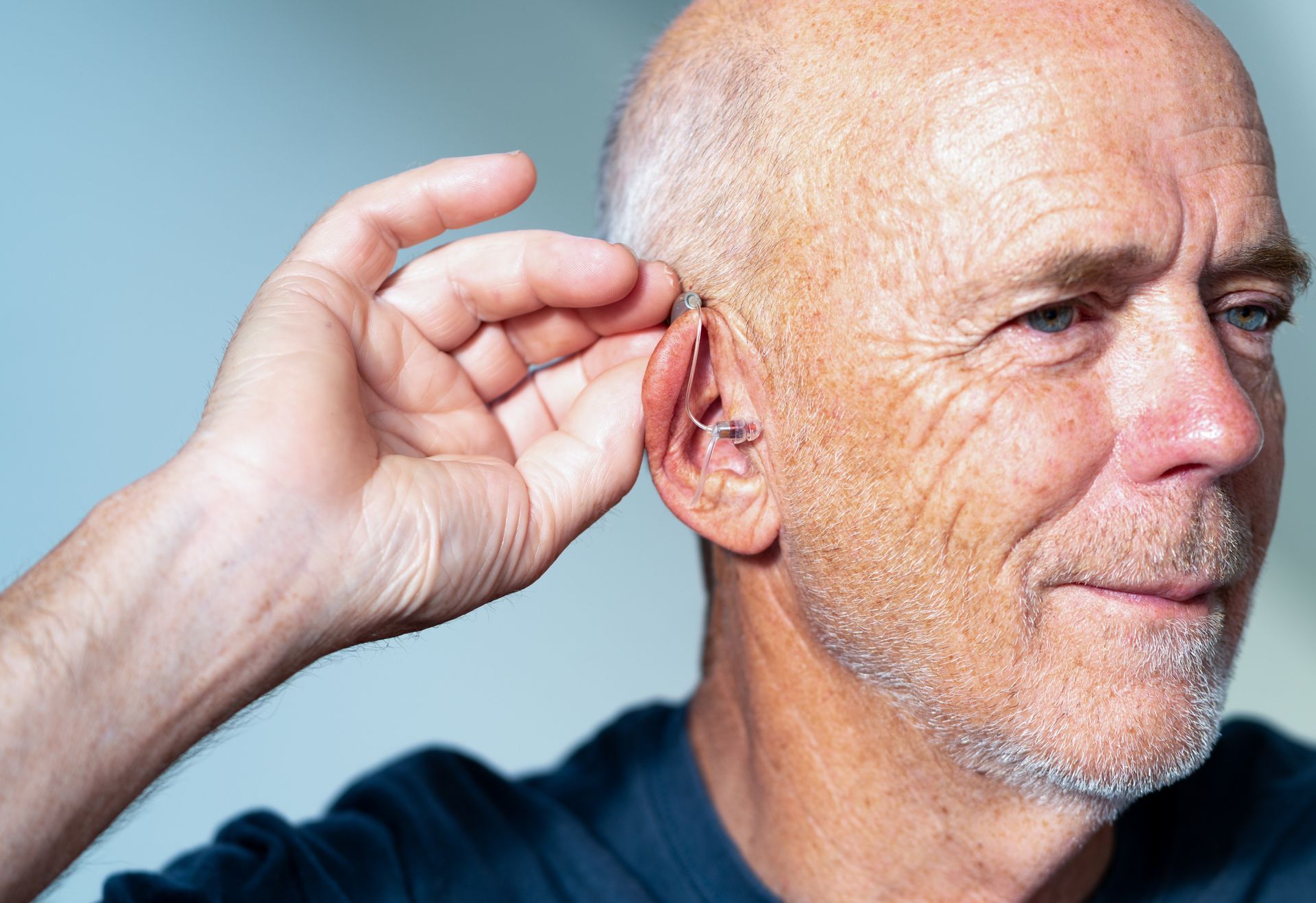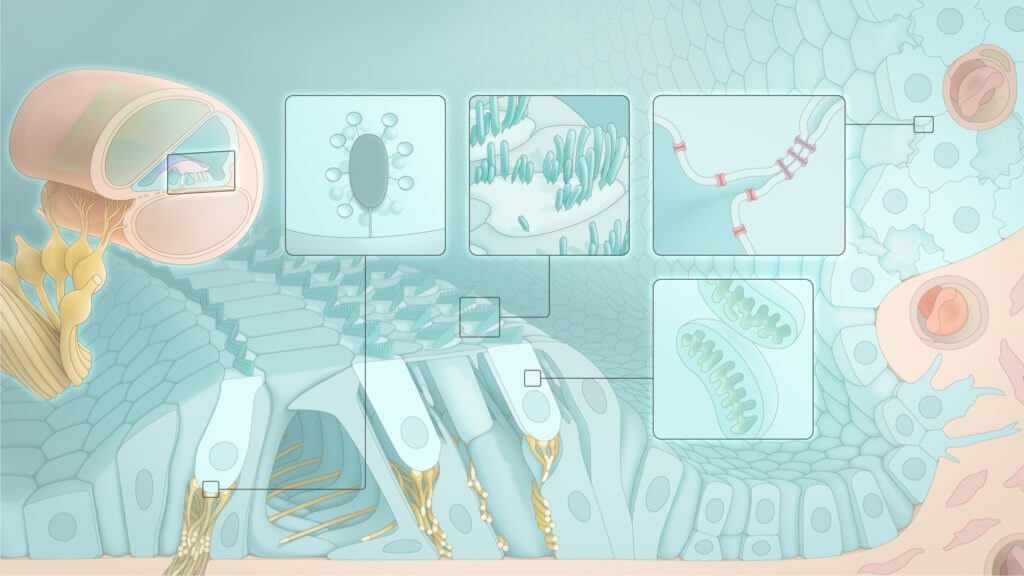What Hearing Protection Is Available?
About 18% of adults aged 20–69 have speech frequency hearing loss from exposure to loud noises for five years or more at work. Once you’ve damaged your hearing, you can’t get it back. Therefore, using the right type of protection for the environment you’re in is essential.
Types of Hearing Protection
Several studies show hearing protection devices are effective at protecting hearing from damage-related hearing loss when used properly. There are different types available for various settings; it’s helpful to know which to come prepared with.
Hearing protection devices:
- Sleeping earplugs: Sleeping earplugs are made from foam, silicone or wax and are safe for extended wear. They’re intended for use to block out ambient noise while sleeping, promoting better sleep by eliminating loud distractions.
- Silicone earplugs: Silicone earplugs are reusable and durable. They’re worn at the entrance of the ear canal and are moldable to fit your ear. Since they’re waterproof, they’re typically used for activities like swimming.
- Earmuffs: Earmuffs are worn over the ears, covering them completely. They’re easy to take on and off and are ideal for workplaces such as construction, landscaping or gardening sites.
- Earplugs: Custom molded earplugs are great for those regularly exposed to loud noises, such as musicians or concertgoers. They’re secure and comfortable and designed to preserve sound quality at places like The London Club while protecting against damaging frequencies. A hearing specialist can assist with creating custom earplugs.
- Electronic hearing protection: Electronic hearing protection is usually worn like earmuffs or earbuds and allows low-level sound to travel through but still protects against sudden loud noises. This type of hearing protection is common for firearms users, such as military personnel or target shooters.
- Noise-canceling headphones: Noise-canceling headphones are great for everyday continuous background noises such as airplanes or lawnmowers. They don’t protect against sudden high-frequency sounds and should not be used for such.
- Foam earplugs: Foam earplugs are affordable, portable and provide everyday noise reduction. They are worn by applying them as deep into the ear as comfort will allow and can be used in various noisy situations.
Your hearing specialist can help answer any questions you have about the right type of hearing protection for your activity. When used appropriately, you can ward off hearing loss caused by damage to important inner ear hair cells and preserve your hearing for as long as possible.
In addition to protecting your hearing, it’s important to get your hearing checked regularly if you’re experiencing any form of hearing loss, as prevention can help protect your remaining hearing. To speak with a hearing specialist or schedule a hearing test, contact Center For Hearing.
- Understanding Infant Hearing Loss
- The Relationship Between Exercise and Hearing Loss
- Muffled Hearing: Common Causes and Solutions



